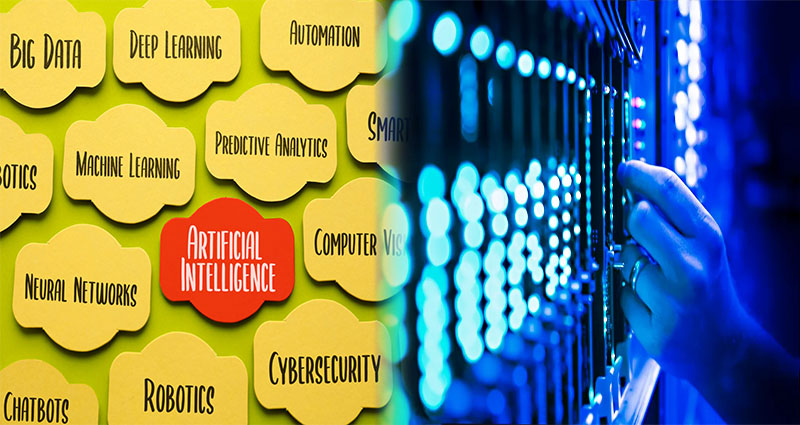Step-by-Step Machine Learning Tutorial for Beginners
Are you eager to dive into the world of machine learning? Whether you are a student, a professional looking to upskill, or simply a curious individual, this step-by-step tutorial will guide you through the basics of machine learning. By the end of this tutorial, you will have a solid understanding of the fundamental concepts and be ready to take on more advanced topics in the field.
What is Machine Learning?
Machine learning is a subset of artificial intelligence (AI) that enables systems to automatically learn and improve from experience without being explicitly programmed. It leverages algorithms to parse data, learn from it, and then make predictions or decisions based on that learning. Machine learning is ubiquitous and has applications in various fields such as healthcare, finance, e-commerce, and more.
Getting Started
1. Set Up Your Environment
To get started with machine learning, you’ll need to set up your development environment. … Read the rest












